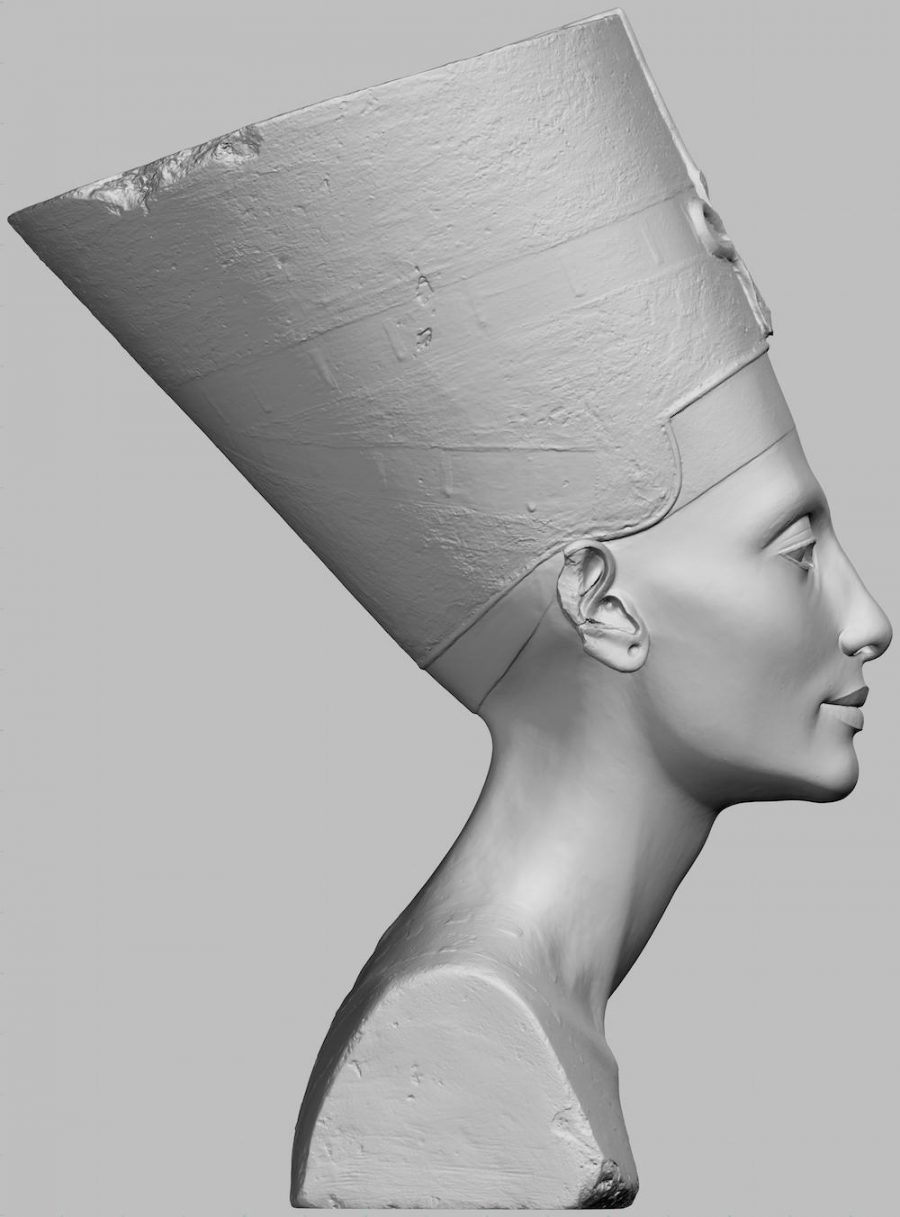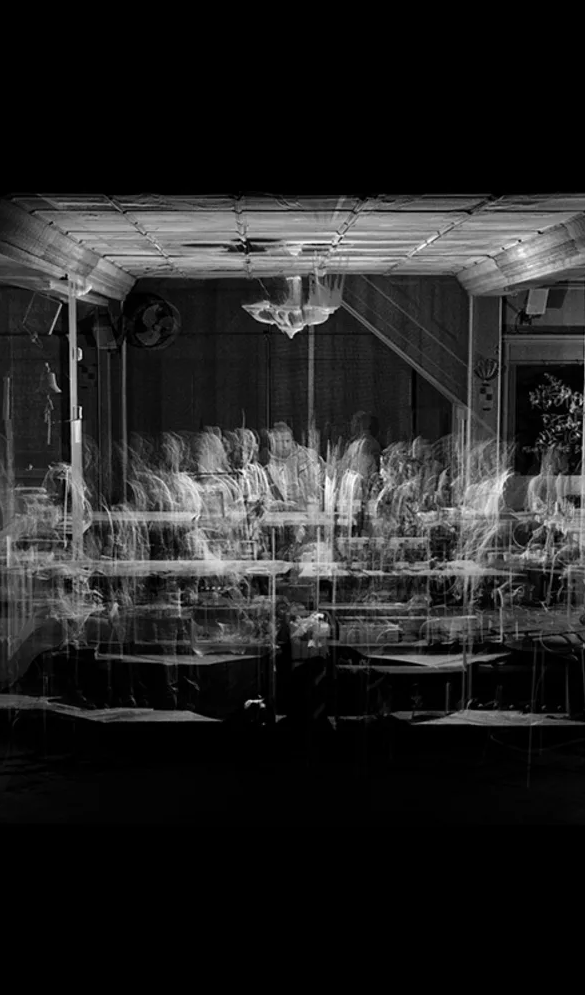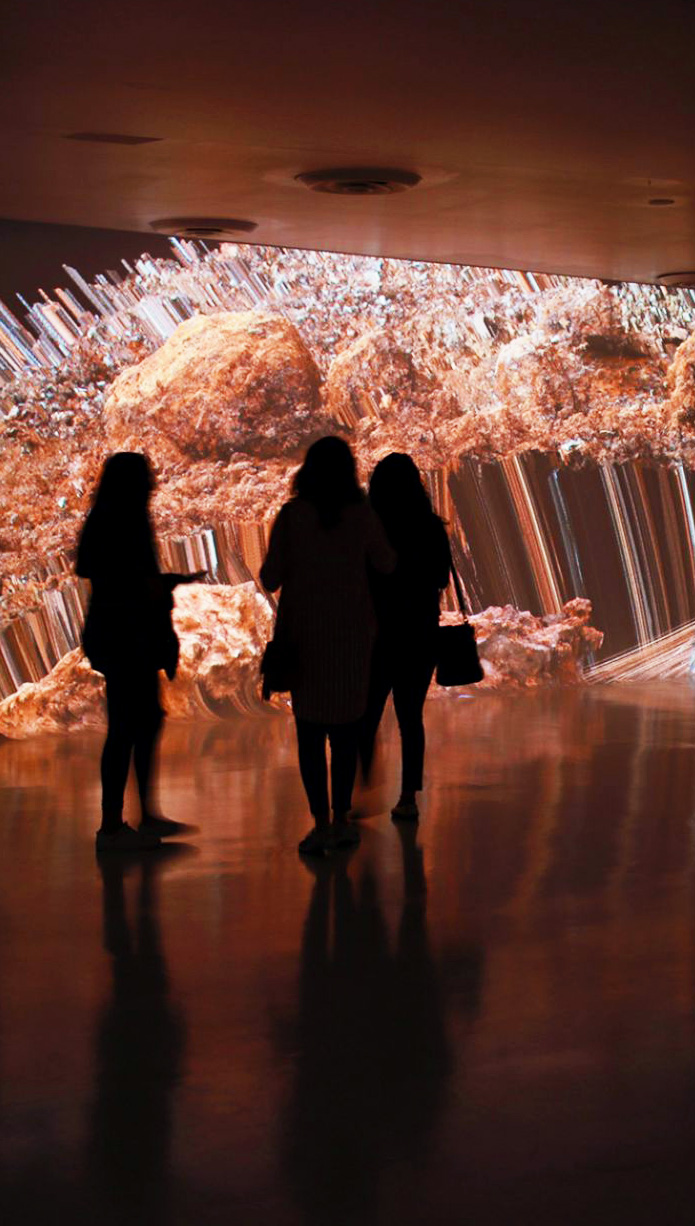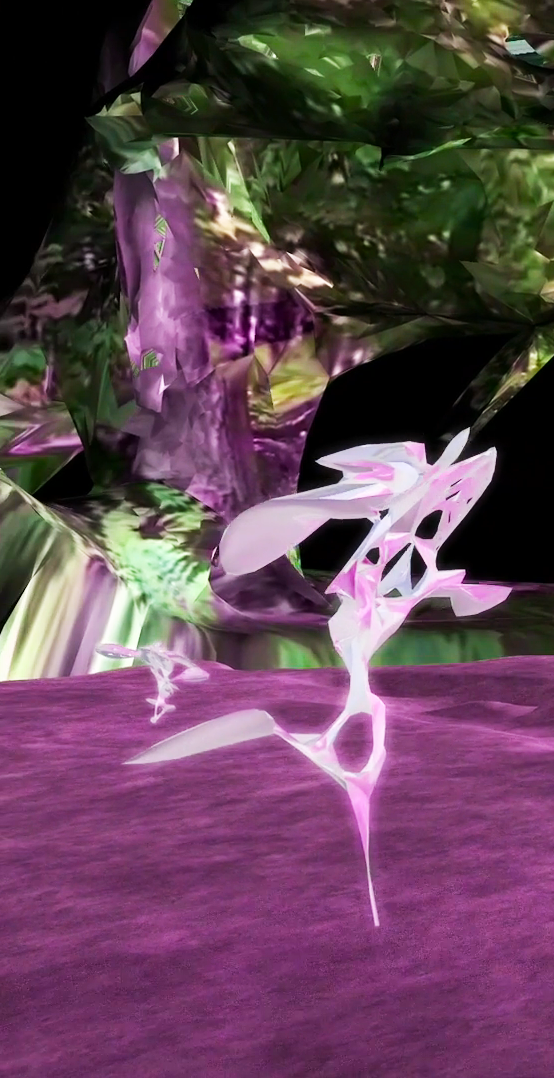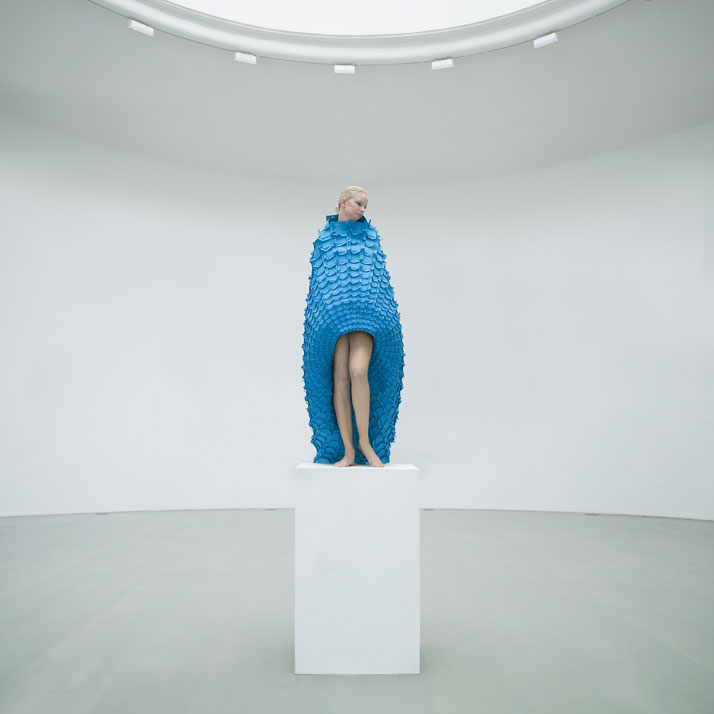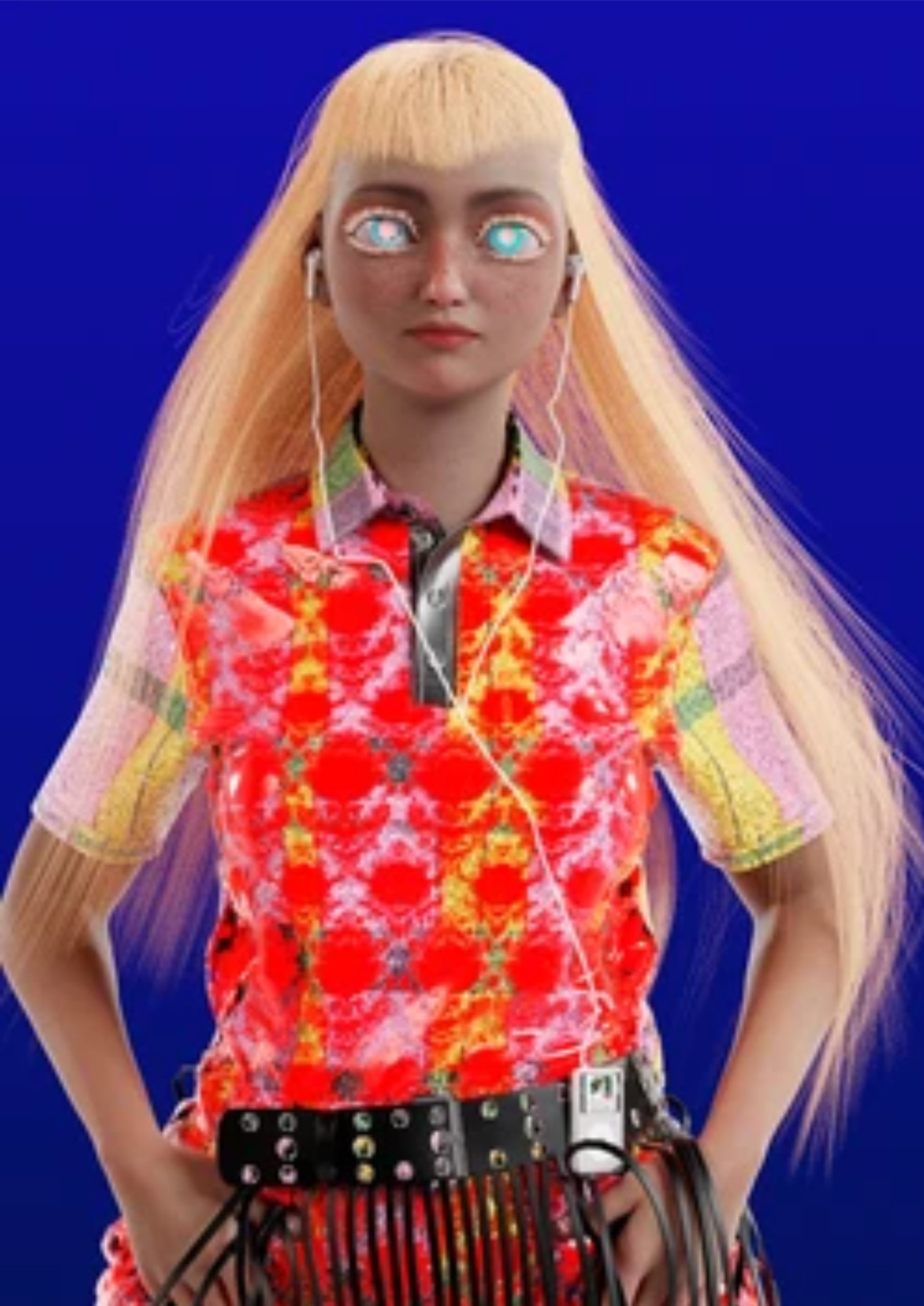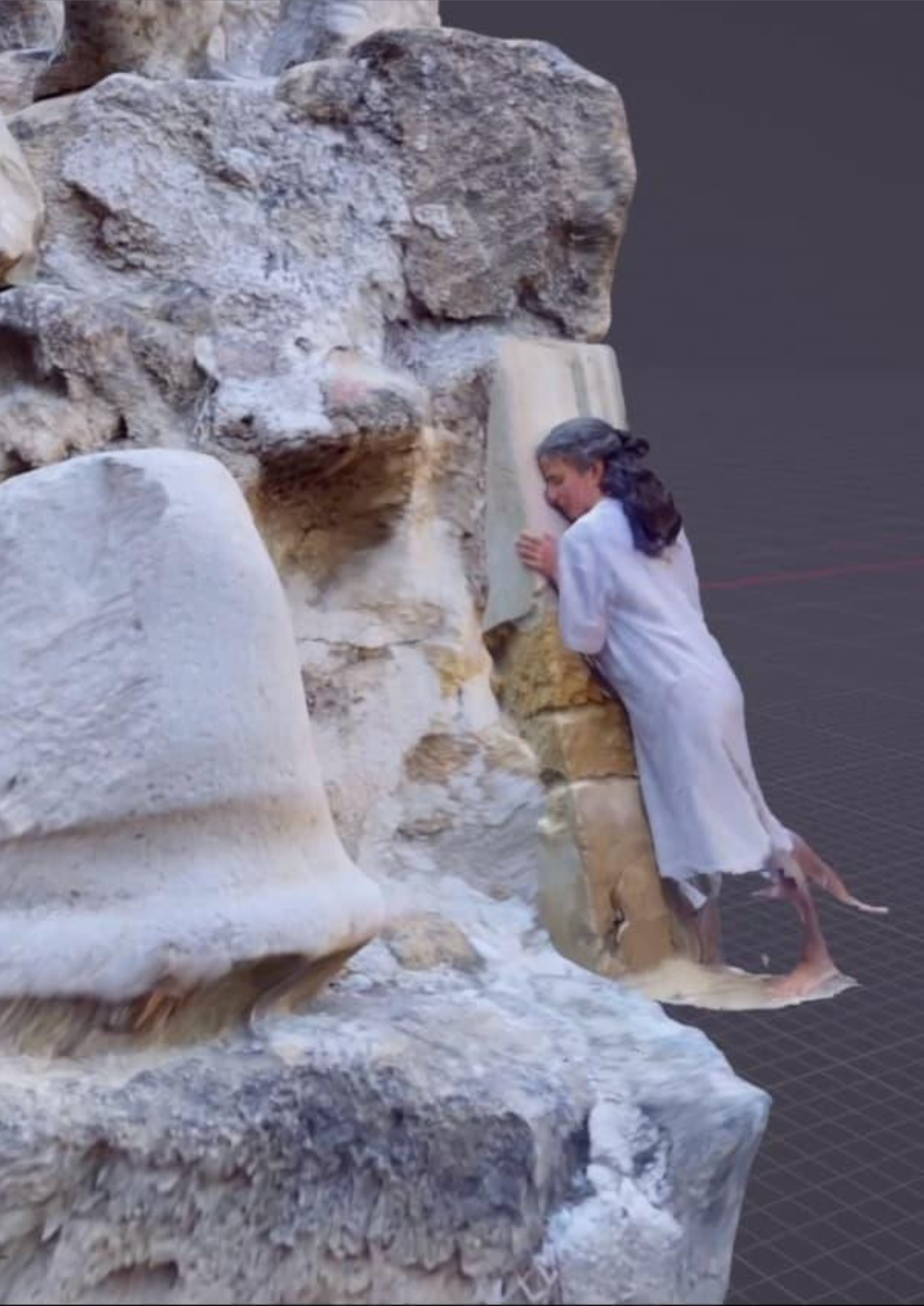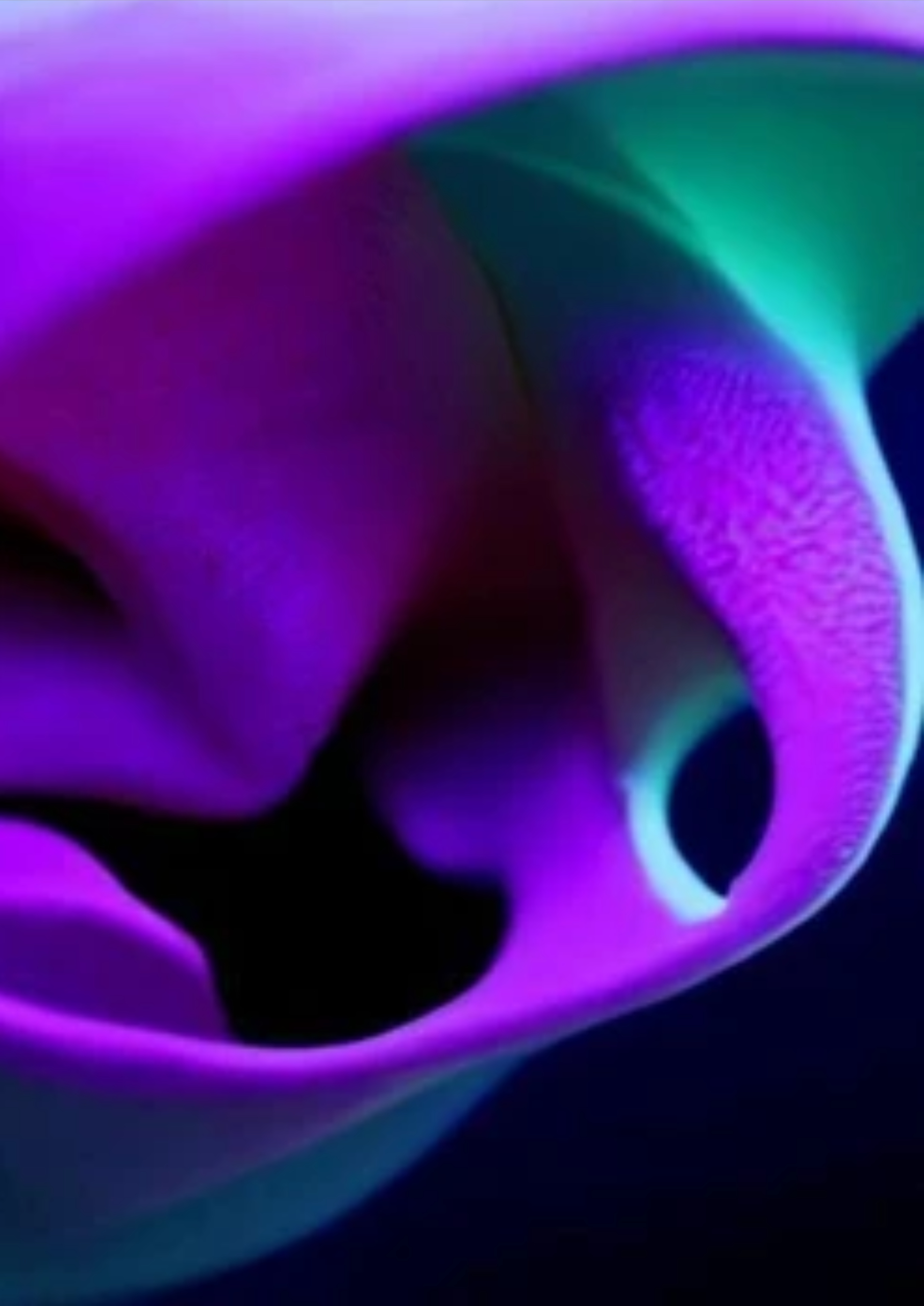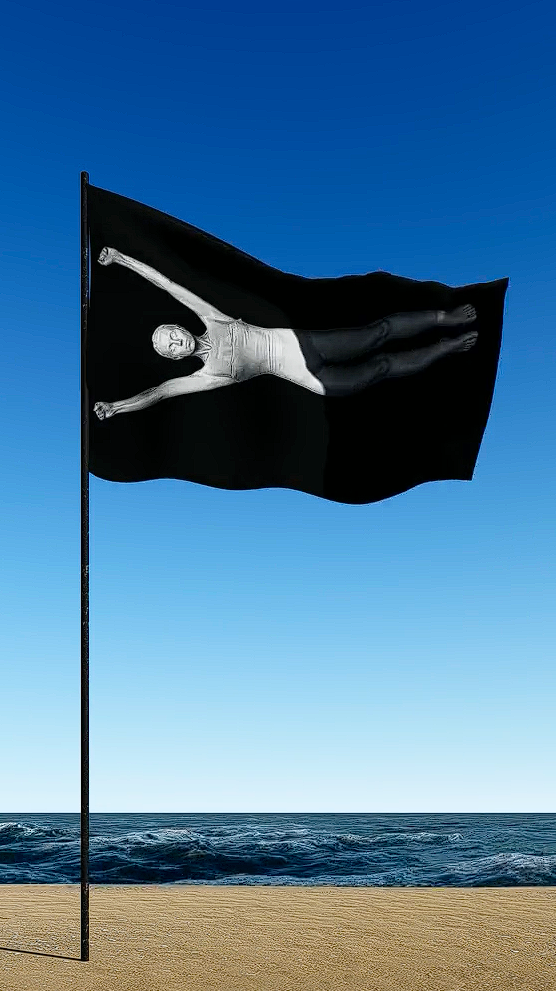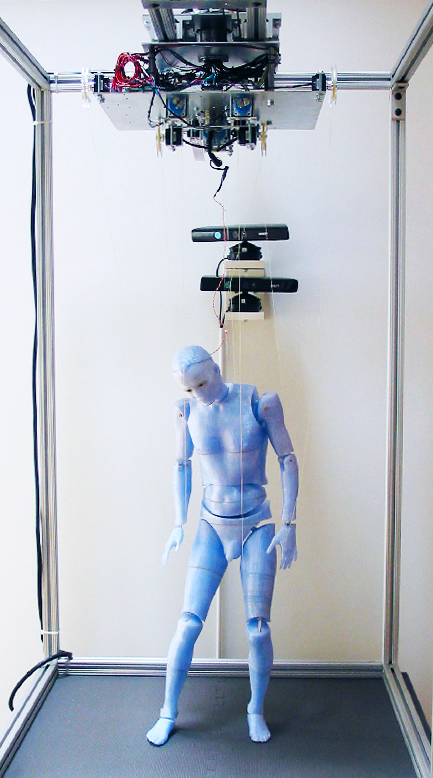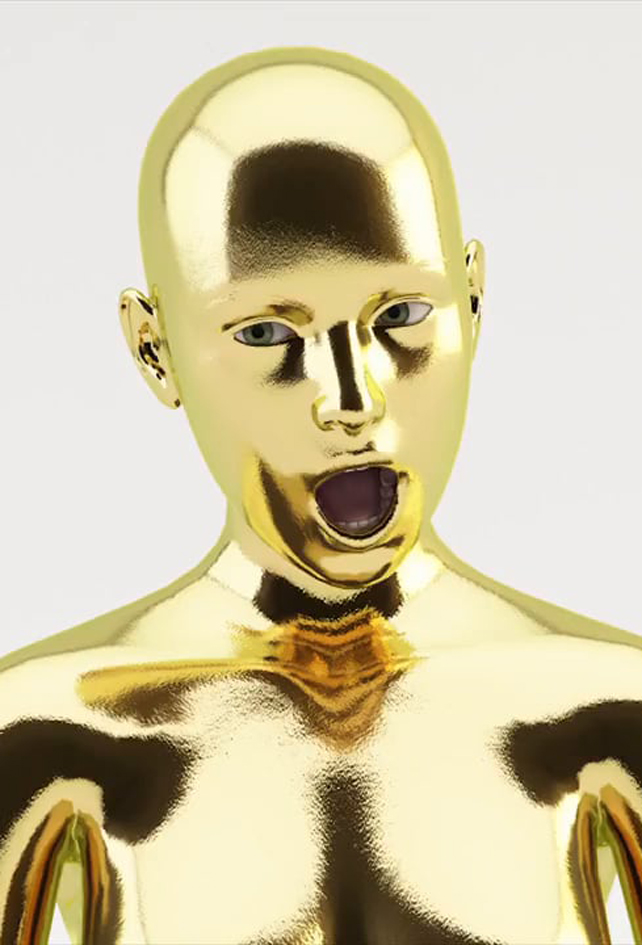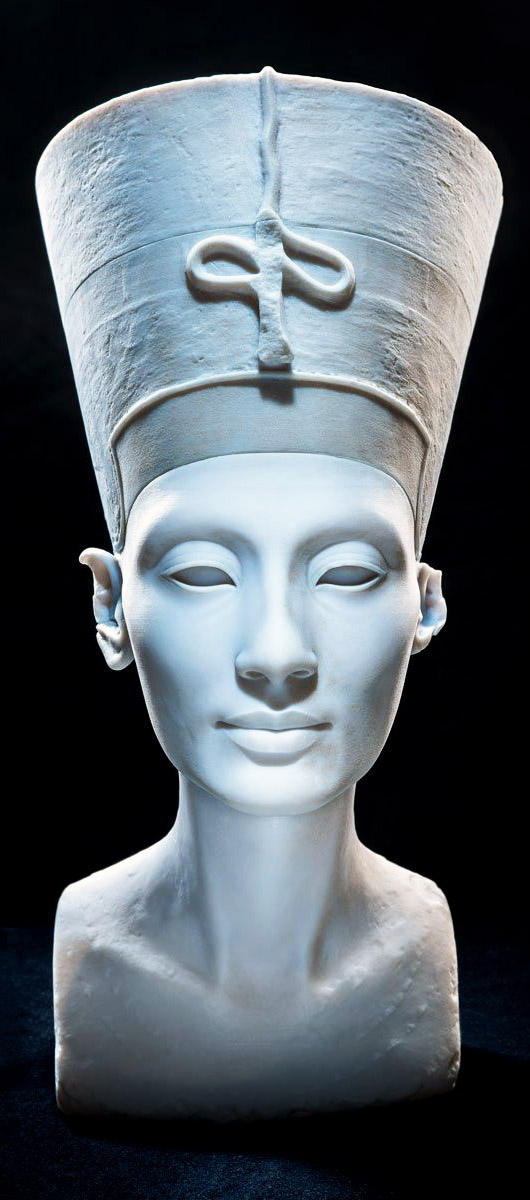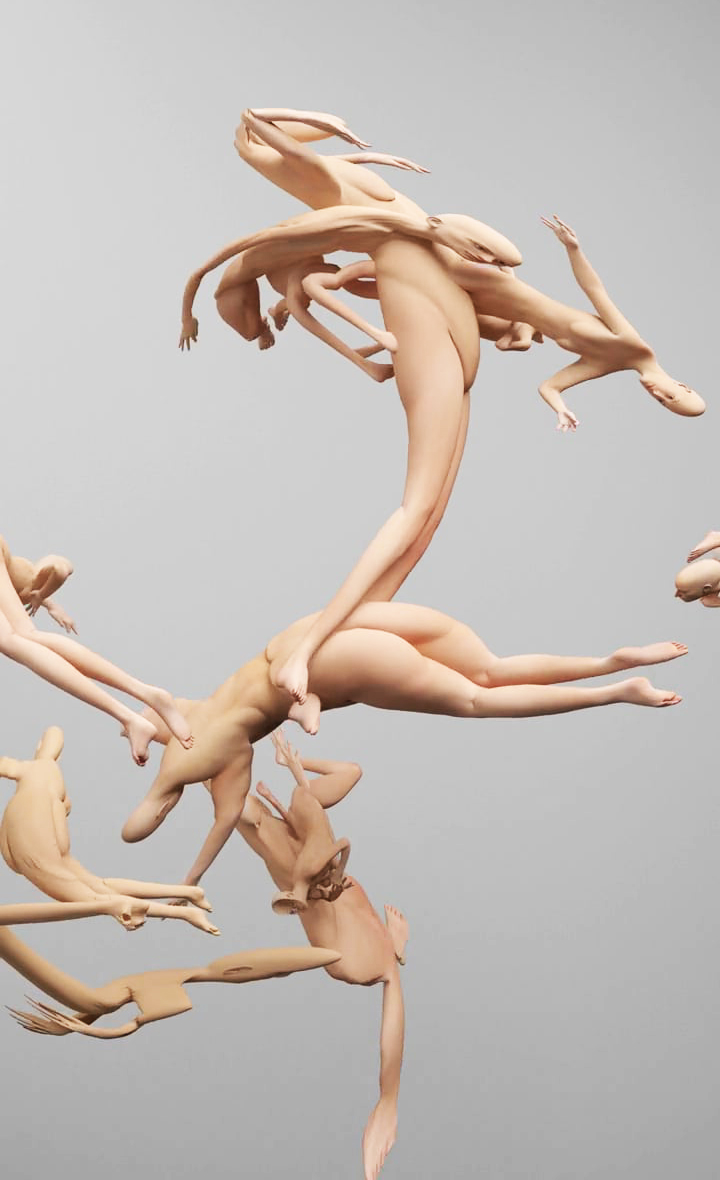A Dreamscape Cartography
Marc Samper
FILE São Paulo 2025 | CGI Videos
Festival Internacional de Linguagem Eletrônica
A Dreamscape Cartography – Espanha
A Dreamscape Cartography é uma obra de arte digital 3D criada a partir de escaneamentos e navegada via Blender. A peça reimagina o antigo ritual de incubação de sonhos, fundindo reinos interiores com ambientes virtuais. Com escaneamentos de casas abandonadas da Zona de Segurança do Chipre, ela cria um espaço que mistura dimensões oníricas e físicas. Com narração de textos de Paul Celan, a obra busca construir uma ponte entre experiências imaginárias e vividas, inspirando novas conexões entre espaço, memória e existência.
BIO
Marc Samper é artista visual, cineasta experimental e fotógrafo de Barcelona, atualmente radicado em Paris. Formado em Filosofia pela Universidade de Barcelona e mestre em Cinema pela Universidade Pompeu Fabra, seu trabalho investiga a ontologia e a fenomenologia das imagens nos meios de comunicação globais, a metafísica especulativa e a interseção entre misticismo e técnica.

